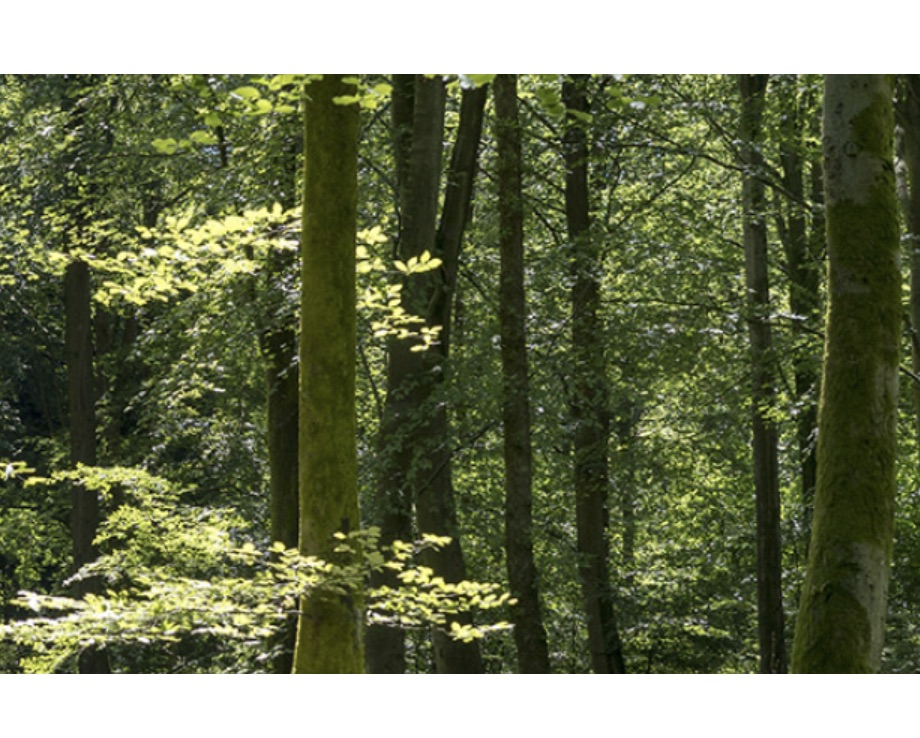This year, while looking into the future of the UK’s forests, I’ve seen how climate change, pests and pathogens, and lack of investment has already had a huge impact on British woodlands. Currently over 40% of our woodland is unmanaged, and with tree planting targets unmet, and ash dieback spreading rapidly, England is still in a state of deforestation.
I am a 4th generation sawmiller, and managing director of a family firm specialising in British hardwood. We’ve worked locally grown timber for over 120 years and hope to continue this tradition. I’m convinced that actively managing our woodlands for maximum environmental, social and material benefits is essential, and in fact our duty as custodians of the landscape.
We need to better manage the woodlands we already have in order to maximise and enhance the benefits they deliver for people and the planet.
Rewilding projects and letting nature take its course can reap benefits for biodiversity, and will result in tree cover over long periods of time, but this approach will not produce building material to replace carbon intensive materials such as concrete and steel. We don’t have the luxury of time, and we have to make major reductions to our CO2 emissions.
Growing trees to capture carbon could be like drinking water to stop rising sea levels if we don’t also take steps to radically reduce emissions. That’s why we need a huge tree planting campaign, including productive forestry that is actively managed to produce the best timber for construction.
Using more home grown wood reduces our reliance on materials like concrete, steel and plastic, and avoids the environmental impacts of importing wood from overseas.
The building sector globally is responsible for 39% of CO2 emissions, 11% of which are from the manufacturing of building materials; this is known as embodied carbon. Globally we create 6.13 billion square metres of buildings each year resulting in 3,729 million metric tonnes of CO2, as stated in the UN Global Status Report 2017. Replacing materials with high levels of embodied carbon with carbon neutral materials, like wood, is a common sense way to substantially reduce CO2 emissions and other pollutants. We must develop a robust, biosecure supply chain and regenerate our woodland thoughtfully so that future generations can build more with homegrown wood.
We must enact a national plan to manage the woodland to capture carbon and provide biodiverse habitat, and produce timber as building material for future generations. And we must do it now!
I’ve been invited by Confor to speak to the All Parliamentary Group on Tree Planting and Forestry this December, and I’ll be putting these points across as best I can.
Find out more and submit your questions on the Confor website.


